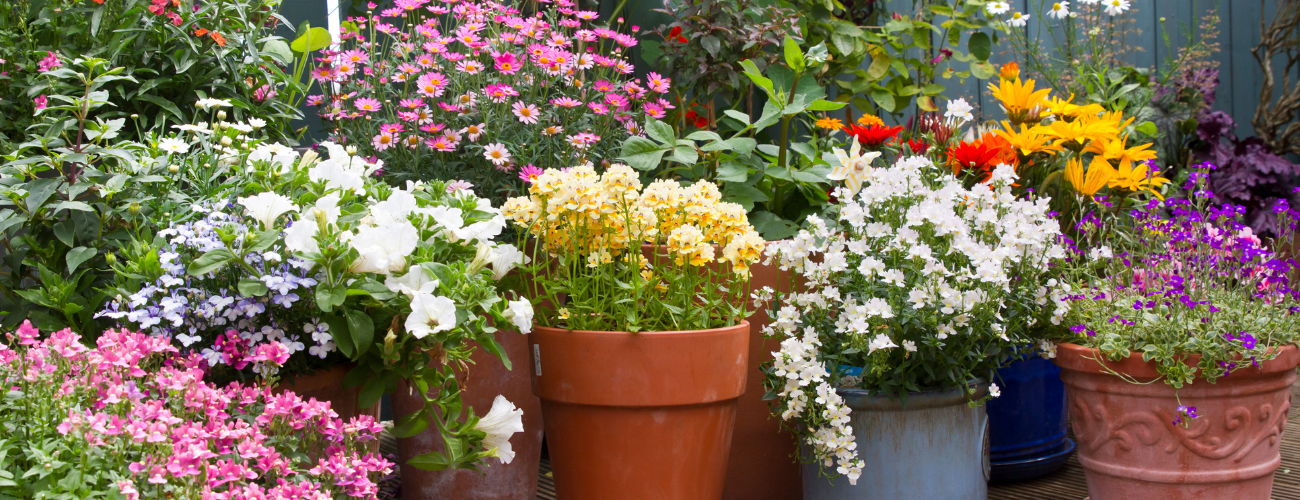Since the pandemic, outdoor space has become more of a priority for many people. But for a renter, unless they know that they will be there long term, any investments they make in the garden, might be considered wasted money and effort. People always put lots of effort into making the inside of their home a cosy and welcoming place but neglect the garden. However there are so many benefits to gardening. Taking care of your outside space as well as the inside of your home will make you feel good and provide a beautiful sanctuary to relax in or share with your family and friends.
The more you garden, the more you learn about what you like, and the more skills you develop. Those skills and knowledge will last a lifetime. Trying out different plants and styles gives you the chance to experiment. Then when you do have the opportunity for a more permanent garden, you’ll have a good idea of how to turn it into your own beautiful sanctuary.
So how can a renter get the benefits of active gardening and an appealing outside space?
Talk to your landlord
Tenants must ask for the landlord’s permission to make any changes to the garden, in the same way as for the inside of a property. Ask your landlord what changes they would allow. Whether it is adding to borders or creating raised beds for growing veg. Convey to the landlord how your plans will improve the garden and the curb appeal of the property. They may even offer to help pay for improvements. Your landlord should also know which parts of the garden have utility pipes or cables underneath and where you must avoid digging. Drawing up a plan makes everything clear between the parties involved and makes it easier for the landlord to agree to.
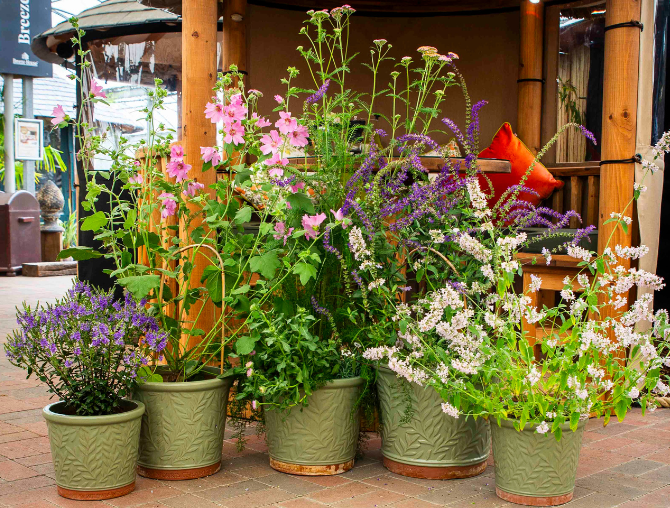
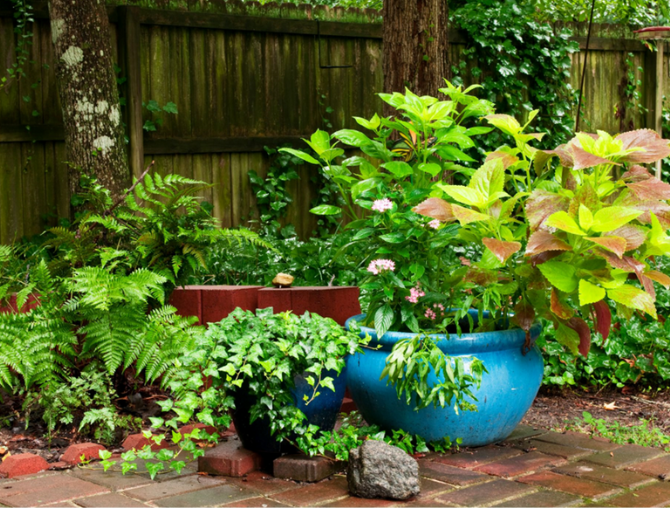
Containers are your friend
For ease of maintenance, rental gardens are often completely paved over. Which creates a very unfriendly space to relax in and can be too hot to enjoy in the summer. But this is where containers come into their own. Not only can you use them for long term planting, but you can take them with you when you move on. Containers can be planted up at any time of year not just in the spring or autumn. Start with a few larger containers and specimen plants like an olive tree, underplanted with some small alpines for a sunny pot. For shade, tree ferns can give an instant lush feel to a space and are happy in pots. They are expensive, but you can also use ferns like Polystichum setiferum or Cyrtomium fortunei as alternatives.
There are many dwarf varieties of shrubs that do really well in pots, like Hebes, Rhododendrons or Hydrangeas. Climbing plants like clematis can also be grown in a pot. Choose a type 3 clematis that is cut back hard every winter. Place an obelisk in the pot or use bamboo canes tied together at the top and wind some twine around the structure to encourage the climber to cling. There are also many annual climbers you can grow in pots, such as sweet peas, Ipomoea (morning glory) or Thunbergia (Black-Eyed Susan).
Always use good quality potting mix. For long term containers use a loam based compost such as John Innes No3 and for acid loving plants use ericaceous compost. Look after the soil and your plants will thrive.
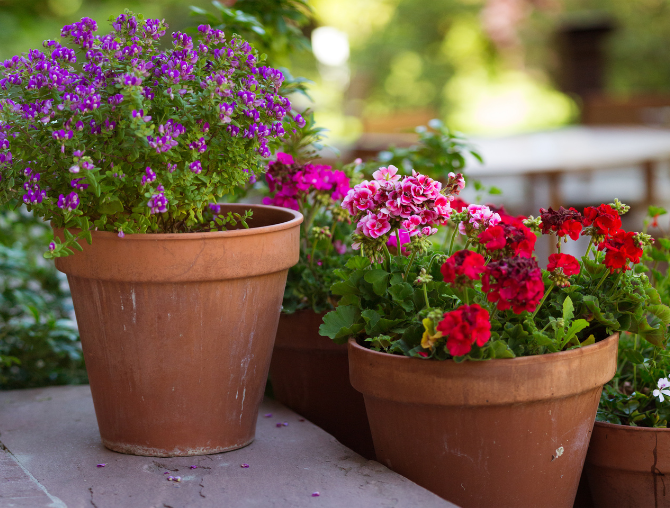
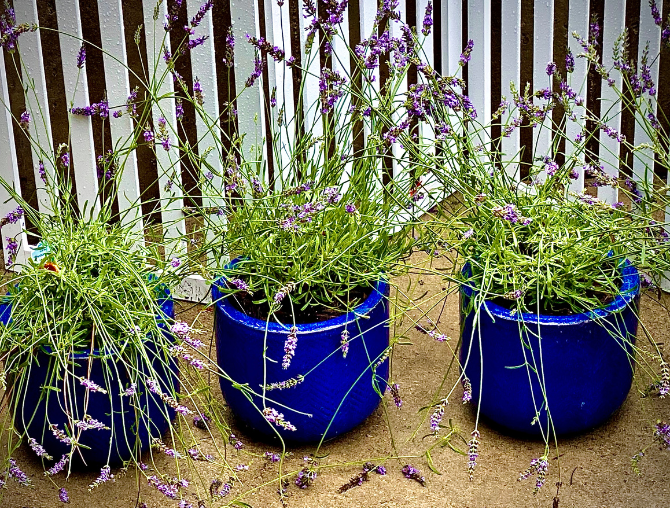
When choosing a container, go as big as you can afford. Larger containers are better because they are less likely to dry out, but they can be very heavy to move. Mixing Hydroleca (lightweight clay balls) in with your compost helps to reduce the weight of large pots, but also absorbs water and releases it slowly helping with water retention. For taller items like trees, the pots do need to be heavy to prevent them being blown over by the wind. Plant caddys are small platforms on wheels which allow heavy planters to be moved around as needed.
Terracotta pots are a classic look. Make sure to choose frost resistant ones for pots that will be outside all year. Glazed pots come in a variety of colours and styles. Black, green and grey ones tend to recede into the background and allow the plants to shine. Brighter colours like blue add a shot of colour. Try to keep to a similar theme to unify your collection but choose pots in different sizes for variety. Click here to view our range of garden pots.
Grow edimentals
Edimentals are edible ornamental plants, fantastic for small spaces. There are many edimentals that you can grow in containers, from chives and sage to chilli plants and rainbow chard to blueberries. You can have a garden that is both beautiful and tasty. The important thing to remember about growing crops or any plants in pots successfully, is to keep them well-fed and watered.
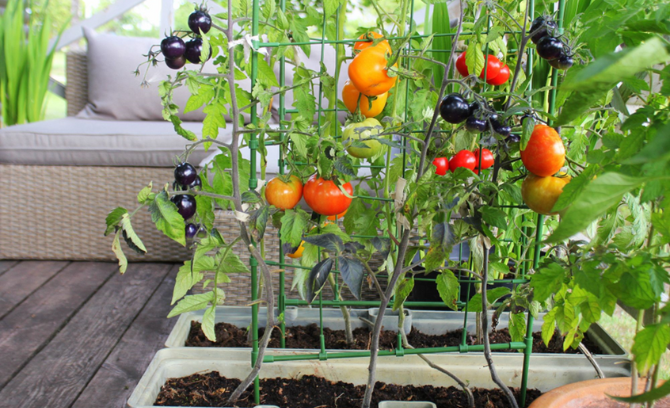
Install a miniature pond
Ponds bring wildlife to a garden. The sound of a solar-powered bubble fountain can also be very soothing. Place a single dwarf waterlily or a few oxygenating plants in the pond. Use a watertight container such as a large plant pot without drainage holes an old sink or half barrel at least 45cm deep. Provide a thick stick to act as a ramp or some stones as steps to help any creatures that fall in to climb out. Keep topped up with rain water if possible.
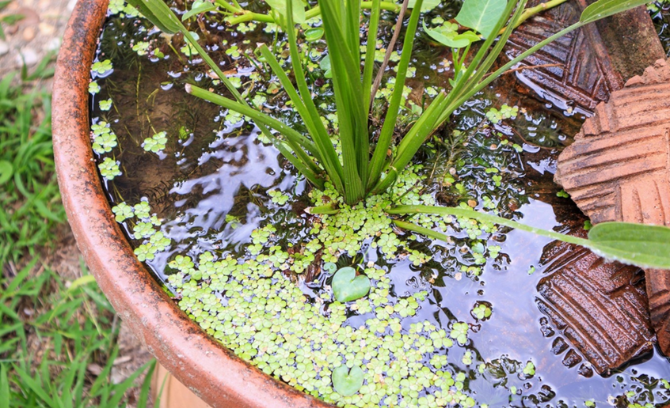
Grow annuals
Annuals are a cheap and cheerful way to give you colour. Bedding plants are readily available through most of the year. Plant up a pot or hanging basket in late spring from the wide range available. Keep them watered, fed and deadheaded and the display could take you round until early autumn. Empty the pot and create a new display with autumn/winter bedding including pansies, cyclamen and trailing ivy. Underplant with daffodil bulbs and your display will last until late spring, when you can start again.
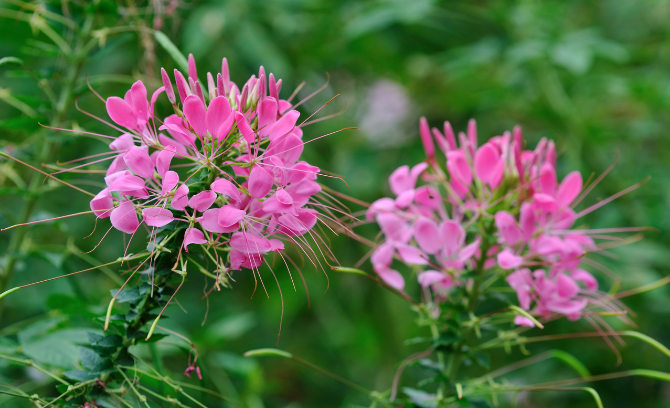
Create a seating area and entertainment zone
Creating a relaxing garden space is not just about the plants and flowers. If you want to enjoy the space as much as possible you need somewhere to sit and relax. Patio furniture can be taken with you when you move and there are many small sets with folding chairs and tables that are perfect if you have limited storage. Try an outdoor rug with a few brightly coloured cushions for somewhere to picnic or enjoy a glass of wine in the evening.
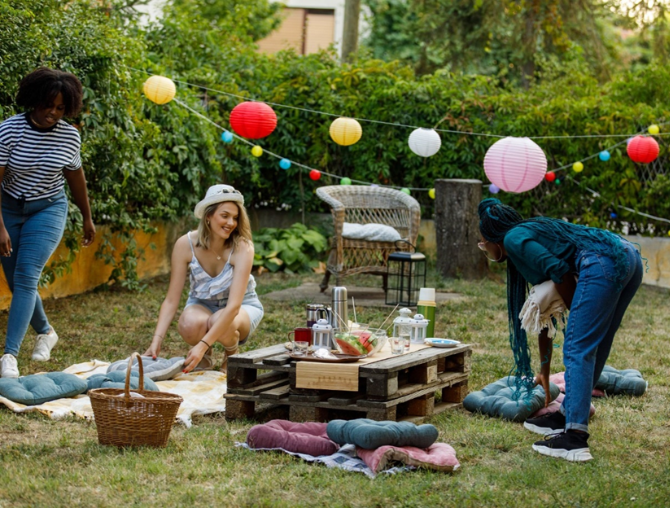
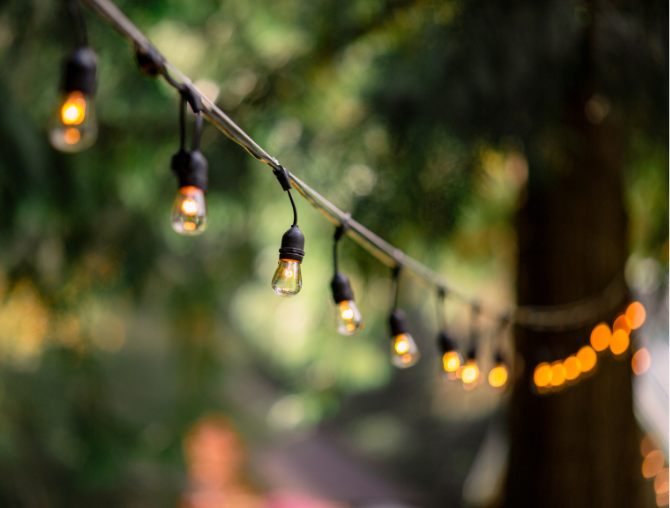
Use solar lighting and tealight holders to create an atmospheric seating area for the evening. Tealight holders can be made from old tin cans and a hole punch. Solar lighting, having no cables or installation costs, can be packed up and moved with you. Beyond the purchase they cost nothing to run. There are all kinds of styles from festoons to pillars and lanterns, there will be something to suit any style. Click here to view our range of garden lighting.
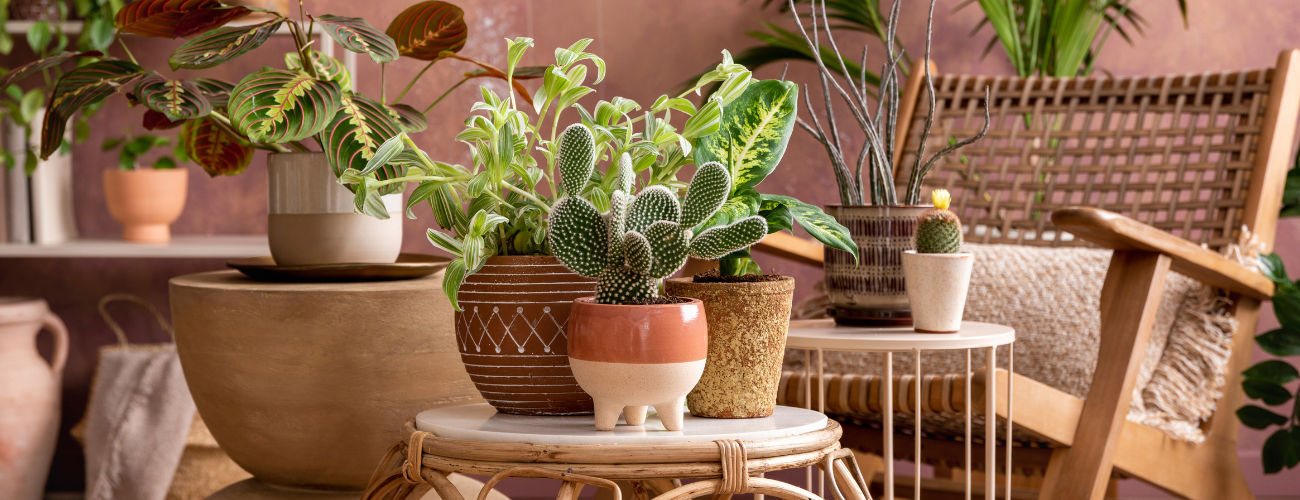
Indoor gardening
Lastly if you have very limited or no outdoor space there is always indoor gardening. Houseplants add a beautiful decorative touch and a sense of calmness to a home. Research has shown that houseplants improve our mental well-being, reduce our stress levels and blood pressure and of course they can be taken with us when we move. There is a houseplant for every situation. The bright sun of south facing windows is great for succulents. The lower light levels in hallways suits ferns. Plants that like the humidity of bathrooms include orchids and Zamioculcas (ZZ plants) are happy almost anywhere.
Don’t let living in rented property stop you from experiencing the enjoyment of growing plants. There are many ways to garden and enjoy your home even if it is temporary. Spending time to improve both your indoor and outdoor spaces is always worth the effort in terms of improved comfort, health and well-being. Gardening doesn’t need to be expensive, simple recycled materials can be put to good use with a little ingenuity and a few packets of seed can go a long way. Any investments you do make in terms of purchasing containers, lighting or furniture can of course move with you. The only downside is that you might need a bigger van when you move!
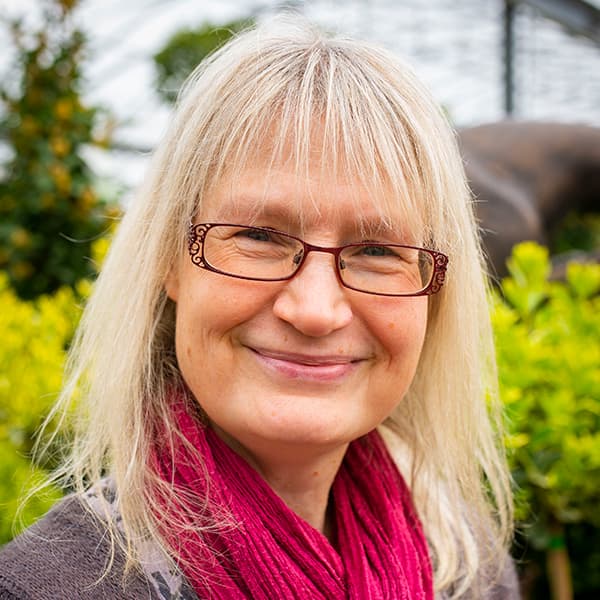
By our resident horticultural expert





